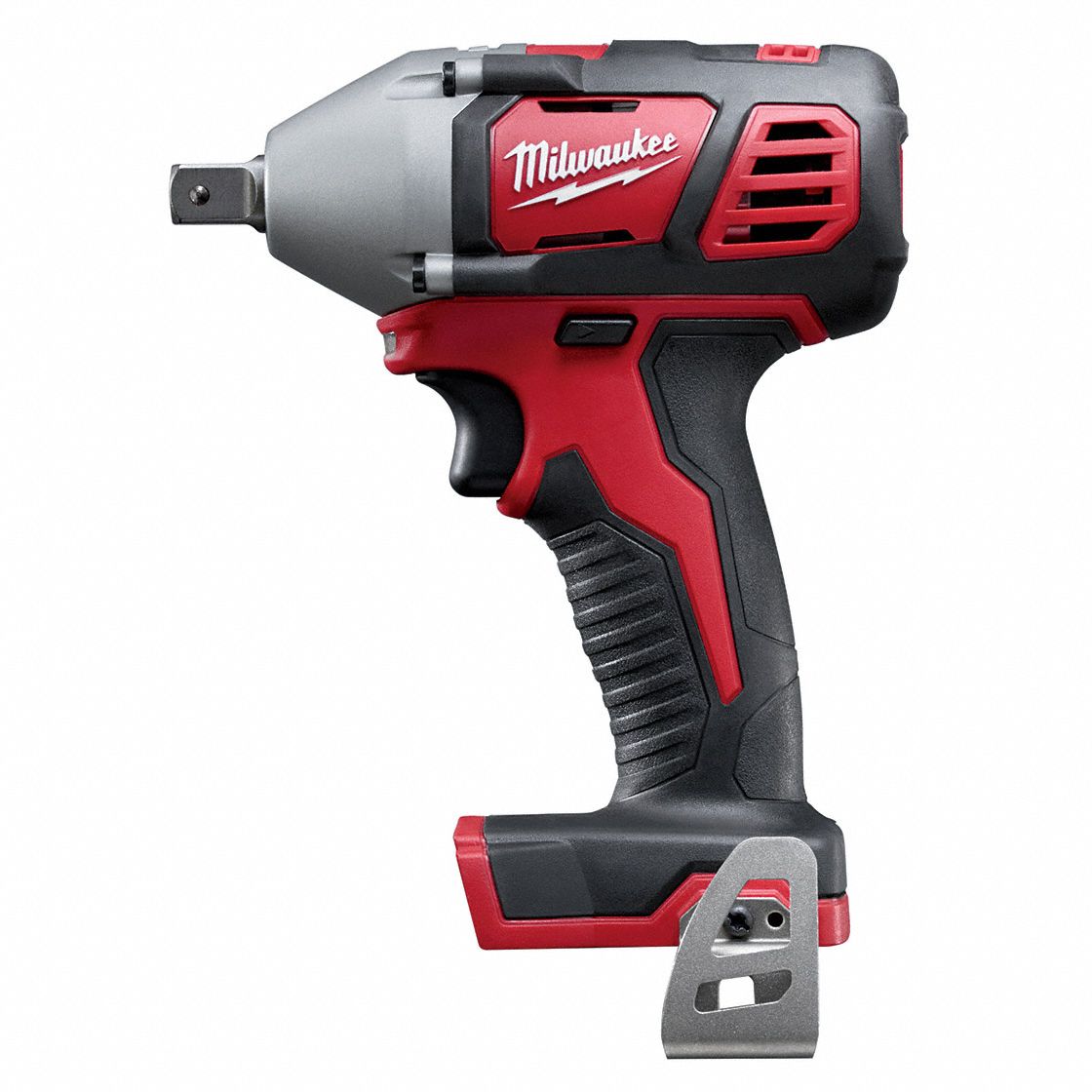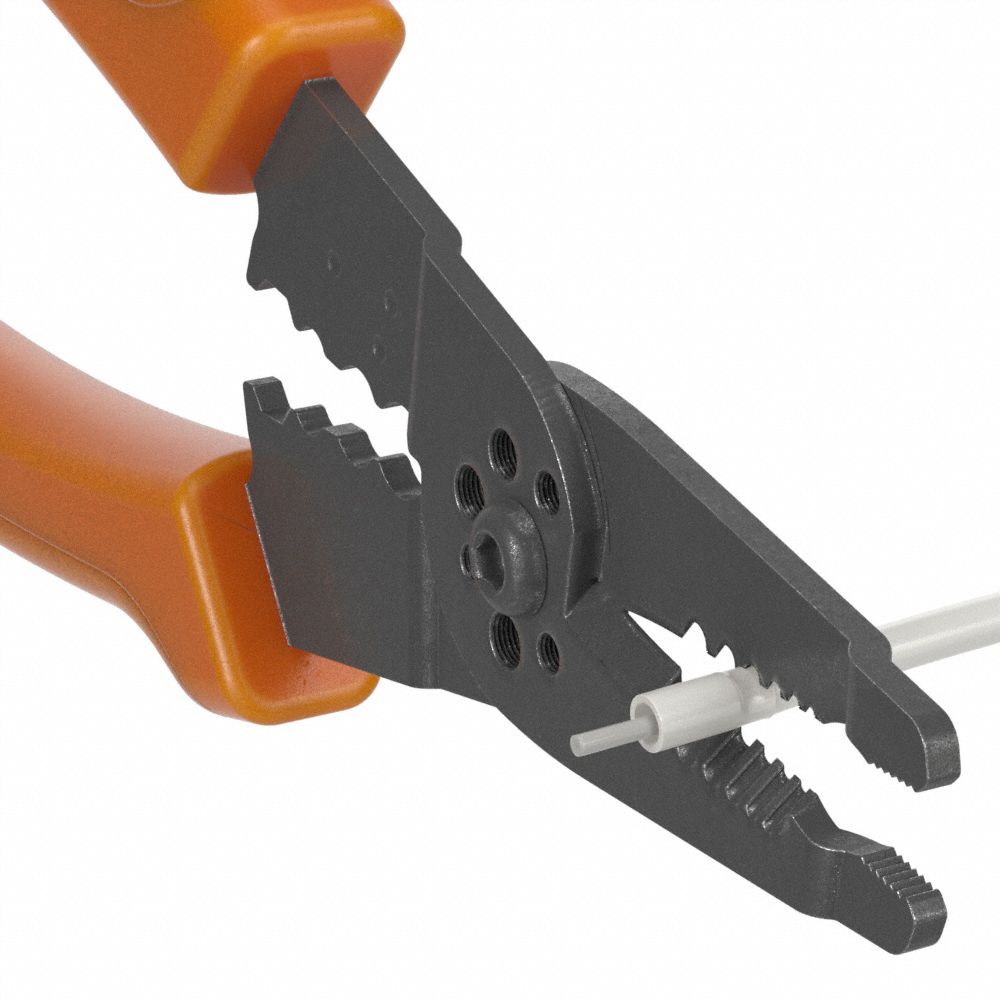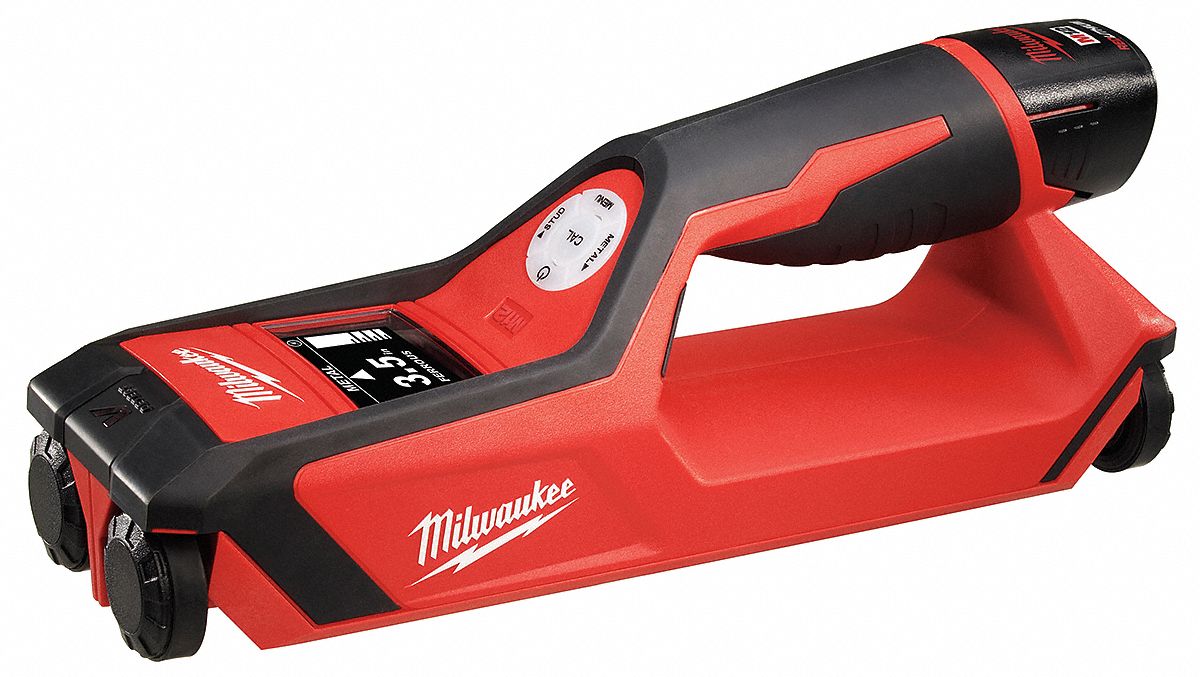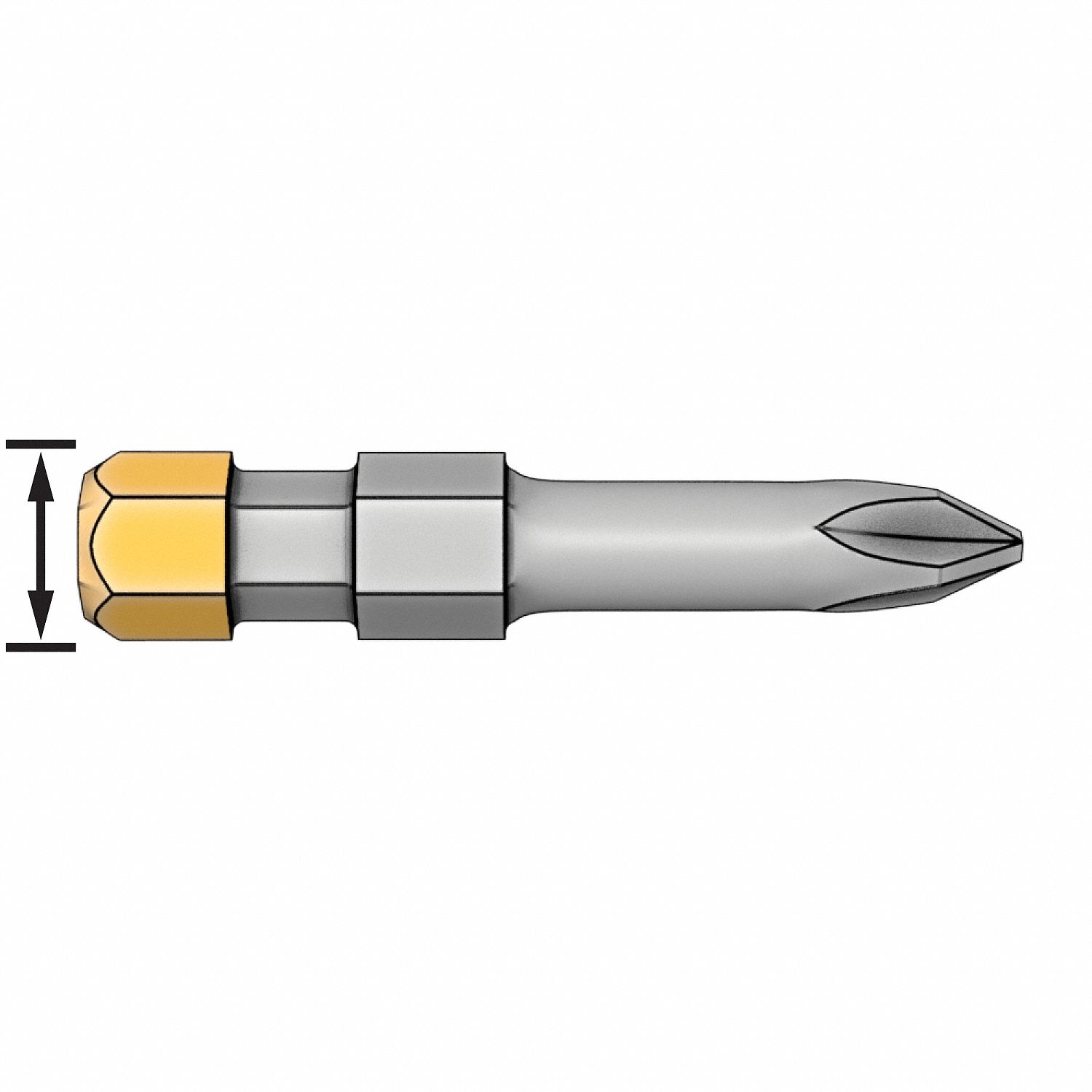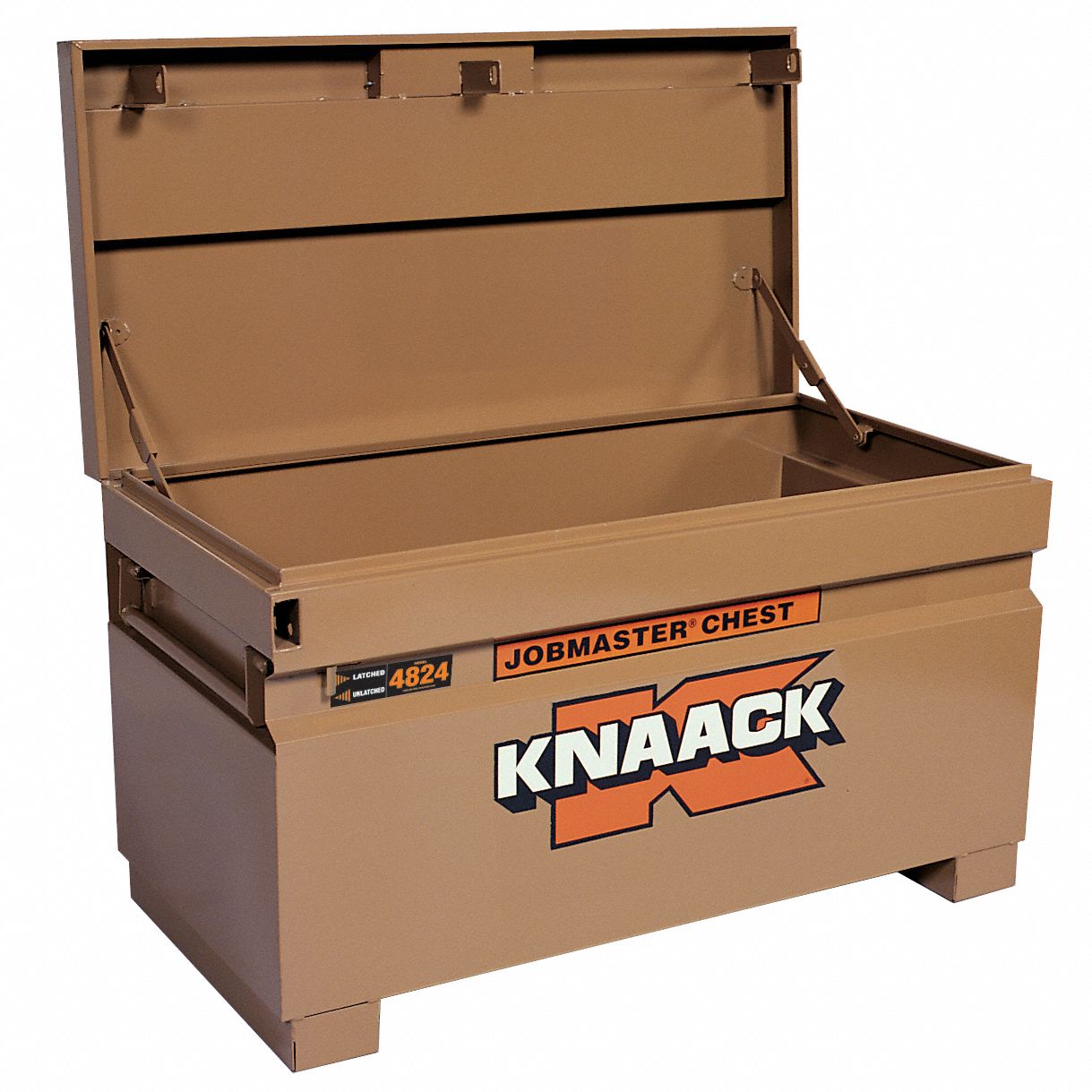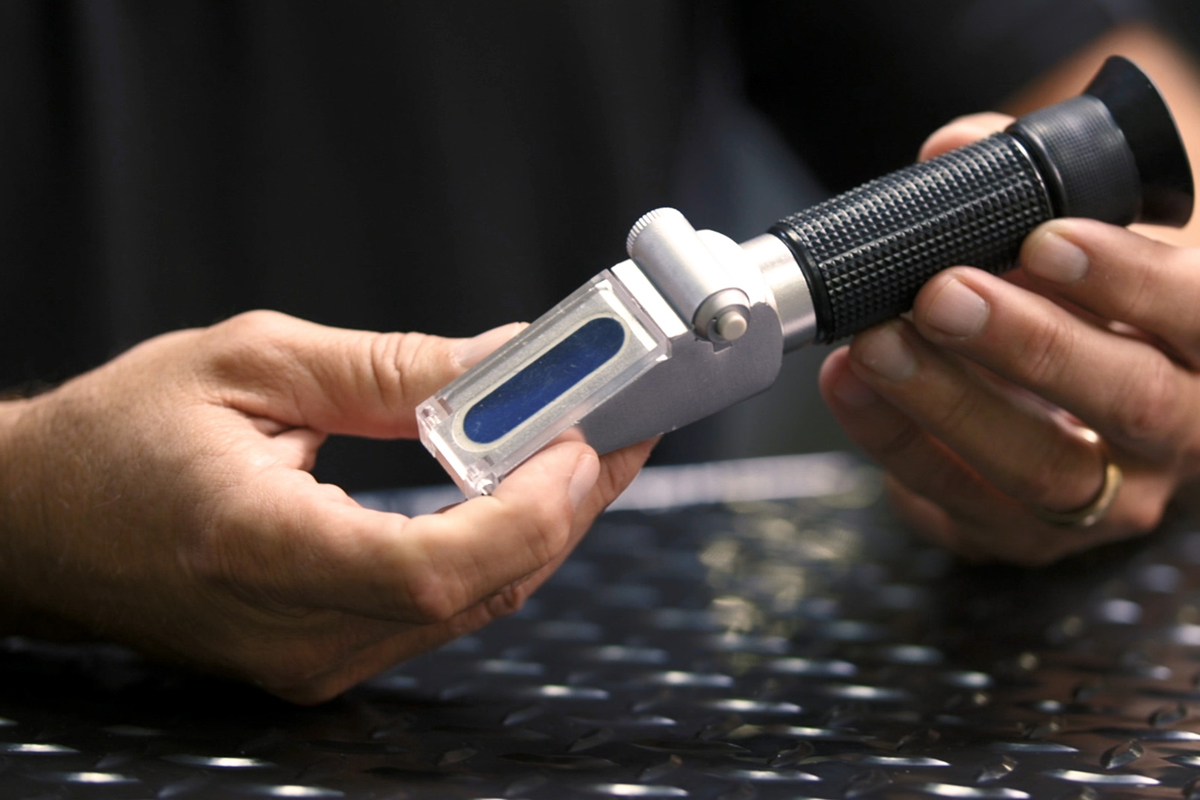

Ask the Experts: Metalworking Coolant Management
By Grainger Editorial Staff
Hello, and welcome to another edition of Grainger Ask the Experts. Today, we're talking about coolant management. It's important to maintain the proper coolant ratio in your machines, number one, to minimize if not eliminate bacteria growth within the machine's sump, and number two, perhaps more important, to maximize or optimize the performance of the cutting tools being utilized.
Coolant ratio will change in your machine over time. It happens through carry off, through chips, or parts machined. It happens through evaporation.
You check coolant about once a week, and you use a refractometer like this to do so. Moreover, it's important to change the coolant out completely in each machine about once a month, and you can tie that to the machine's preventive maintenance program.
Depending upon the operation or the coolant manufacturer, coolant ratios will range from 6 to 7% on a milling center or a turning center, a little bit lower on a grinding operation, perhaps, 4 to 5. Again, it's important to reference the manufacturer, because different manufacturers have different ratio specifications.
When replacing the coolant or adding coolant in the machine, it's absolutely essential to use a coolant mixer like this. The reason is two-fold. Number one, you get a better mixture going in. Number two, you get better control of the ratio going in. If you're trying to hold percentage between 6 and 7 or 4 and 5, for example, for a grinding machine, being able to control the concentration to within a percentage point is very important.
Thanks for watching this edition of Grainger Ask the Experts. For more helpful tips and videos, check out the full series.
The information contained in this article is intended for general information purposes only and is based on information available as of the initial date of publication. No representation is made that the information or references are complete or remain current. This article is not a substitute for review of current applicable government regulations, industry standards, or other standards specific to your business and/or activities and should not be construed as legal advice or opinion. Readers with specific questions should refer to the applicable standards or consult with an attorney.

